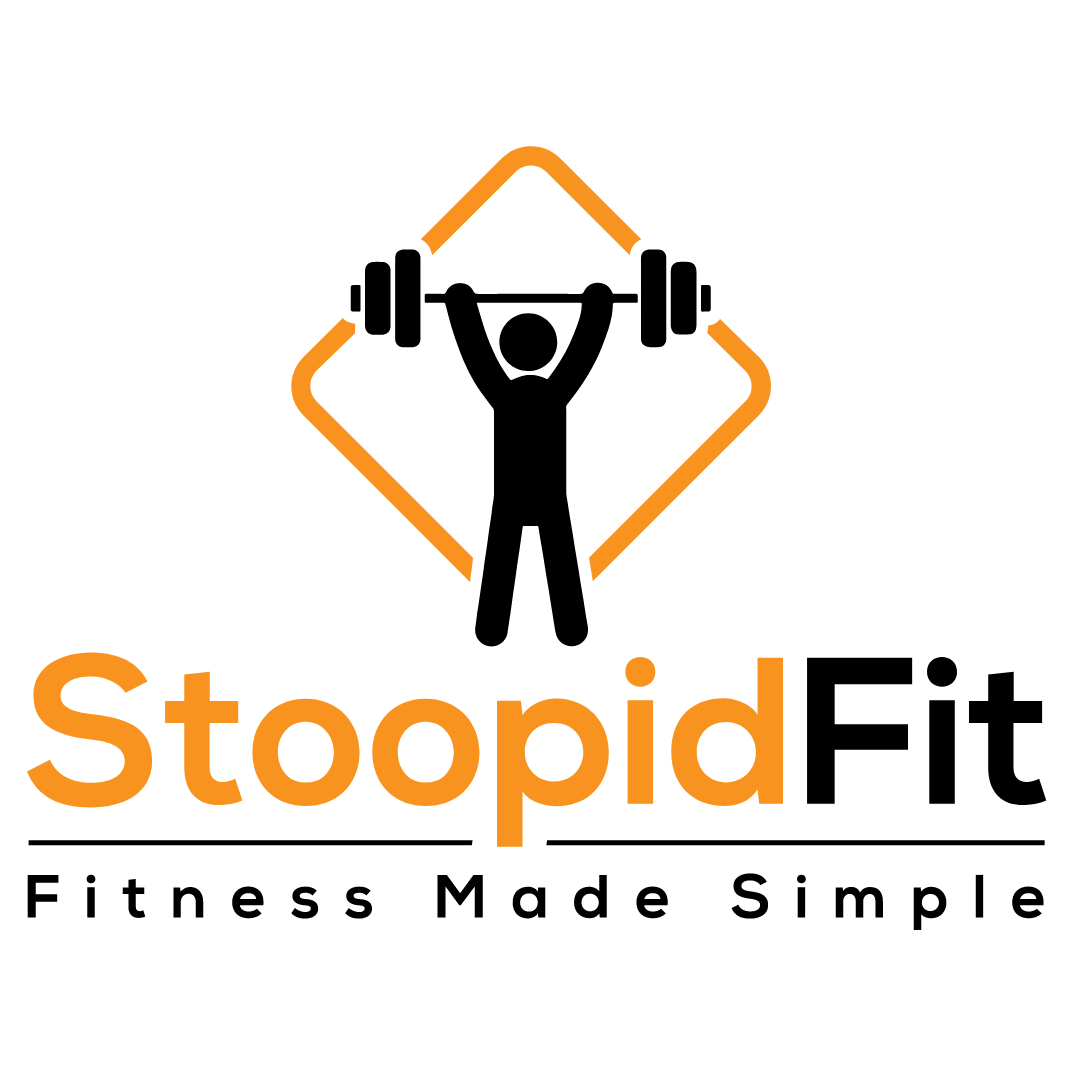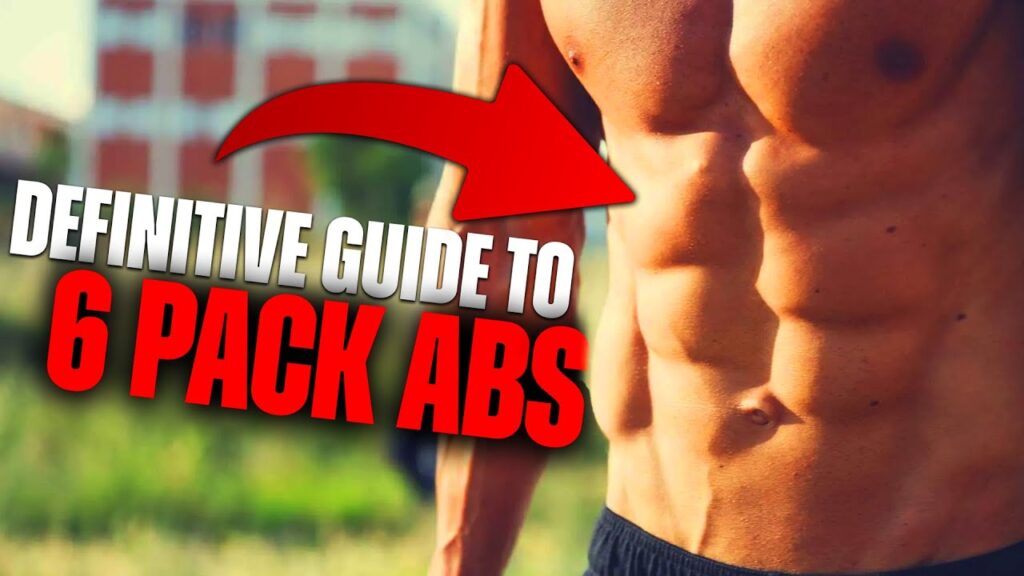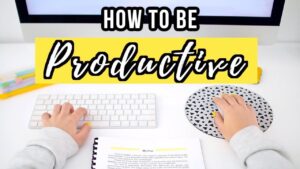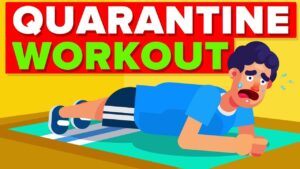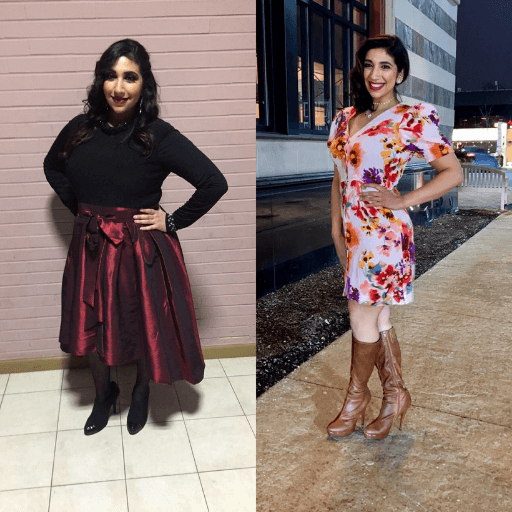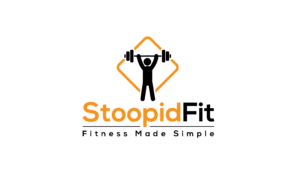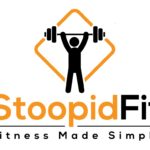The common conception of what it takes to get a six-pack isn’t wrong, but it would make getting one take years. You’re not likely to get a six-pack by disregarding your nutrition, doing hours of cardio, and by doing 100’s of reps of different ab workouts (my low back hurts thinking of doing that).
Going through these motions you’ll definitely be training a specific portion of your ab muscles, but you’re not going to get lean nor lose enough fat to get that lean mid-section look that you’re after. If you go to your gym often enough, there are certainly a few ‘regulars’ that you see at your gym, doing these exact things all the time! They do ab workouts and work up a sweat for hours on end, but their body and physique haven’t changed much in the months and years that they’ve been working on that goal. THIS DOESN’T HAVE TO BE YOU!
You’re not the stereotypical person that I’m making reference to, because you’re reading this and other people can look at you and marvel due to the fact that you didn’t have a six-pack before and now you do.
HOW TO MAKE YOUR MID-SECTION POP
Physically, there are two things that need to happen for you to have a defined midsection. You want to increase the size and strength of your ab muscles and you want to reduce the fat around it so that they show more easily.
This is the point where some people freak out because they don’t want to build ab muscles that look too bulky – you don’t have to build them that big! It would take over a decade to do that anyway, but you do have to build them bigger than they are now. That’s because muscle is the deepest layer in your body, if you want more definition you need to be significant enough in size for it to push through those other layers.
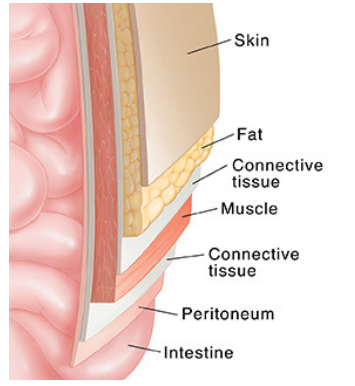
As you can see, muscle and connective tissue sit behind your fat and skin. So it needs to fight to push it’s way through the fat and against the skin so you can see the definition of those muscles. Here’s how you can do that.
REDUCE LAYERS OF FAT
You want to have a smaller or as minimal layer of fat as possible, this isn’t done by doing ab workouts for hours on end because you can’t choose where your body loses fat – sorry to break the news but I’m here to tell you the facts. This is done by being in a calorie deficit. By being in a calorie deficit will put your body in a position to lose more fat across your whole body. The problem with the midsection, especially if you’re an often stressed individual is going to be where you may store most of your fat.
If that’s the case, you’re going to lose fat in that area a bit slower than other parts of your body. You’ve probably seen this for yourself if you’ve lost a few pounds of fat already to this point, and you might have definition in other parts of your body like your arms. You could see your bicep, but you don’t see it on your midsection yet, you’re still losing fat in that area.
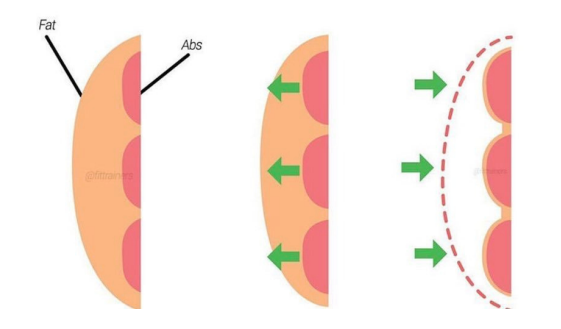
You just have to lose a little bit more to see it than you would in your arms for instance, because there’s just a larger percentage of fat accumulation there. The fat loss portion is going to be mostly focused on managing your nutrition calorie intake.
BIG MISTAKE MOST PEOPLE MAKE
Most people will stop here and focus on only losing fat to get their mid-section tone and lean. THAT’S THE BIG MISTAKE!
If you’re only relying on fat loss to get a lean mid-section, you’re going to be dieting for ages to reach that point. AND once you do reach that point, you’ll struggle to maintain that level of leanness for long periods of time. This is why you want to also emphasize BUILDING muscle at the same time. This way, your ab muscles and fat loss can “meet in the middle” so to speak, saving you time and making it easier to maintain the results.
BUILDING YOUR AB MUSCLES
To understand how to properly train the ab muscles, you need to understand the anatomy of the ab musculature first. There are a bunch of different muscles in your midsection that need to be worked and all are trained in specific ways
MIDSECTION ANATOMY
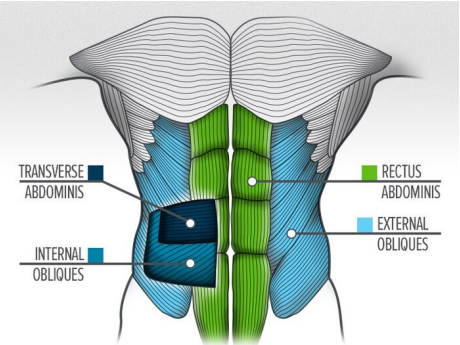
The Rectus Abdominis – these are the actual ‘six-pack’ muscles that are going to be visible. The main function of the rectus abdominis is flexion of the spine. This can be upper spine flexion (chest to knees) or lower spine flexion (knees to chest) as shown below. Both are done by the rectus abdominis.
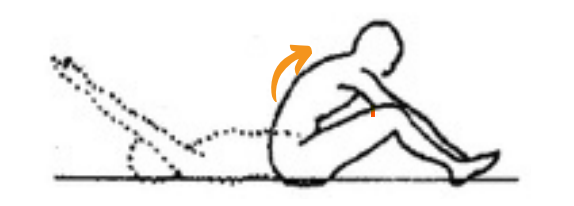
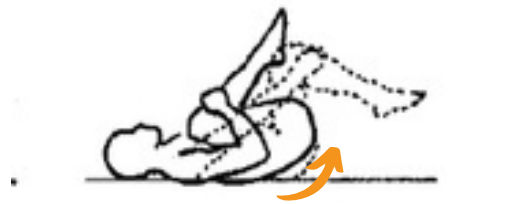
The Transverse Abdominis – these sits underneath and behind the rectus abdominis, and the main function of this muscle is to maintain the stability of your spine and resist any kind of extension or flexion.
The transverse abdominis function helps maintain trunk stability despite outside forces. A simple example is with a basic plank exercise. If you’re holding yourself up, gravity is naturally going to push your spine toward the ground into extension, the goal of the transverse abdominis is to keep your ribcage flexed in, your back rounded, and your spine stable while in a plank. That is going to be really important to train as well because it’s underneath the transverse abdominis.
Strengthening it, growing it slightly, and adding muscle tissue to it will push the rectus abdominis forward, and through the fat that you have on top of that.
The Internal and External Obliques – on both sides of your body, you’re going to have the external oblique, which is more visible, and the internal oblique underneath. They are responsible for any kind of lateral flexion or rotation of your spine and your torso, as well as any kind of resistance to rotation and resistance to lateral flexion. Like with a Suitcase Carry for instance, where you’re holding a weight on one side, and the weight wants to pull you down.
That resistance to the downward pull is going to be done by your obliques, as well as your transverse abdominis. Russian twists will be training your obliques as well.
These exercises will challenge your anterior core musculature. This will help you get a lean mid-section but it has so many other benefits beyond just looking good!
👉 Improve your posture
👉 Reduce low back pain
👉 Improve joint mobility
👉 Burn more calories in your training
👉 Improve athletic performance and explosiveness
The core is the foundation of all movements that happen within your body, especially the heavy compound lifting that you do, but even with sprints and any kind of athletic movement.
You can’t get access to these benefits though without knowing how to train your core effectively, we talked about the different muscle groups that are involved, you don’t have to memorize them, but it’s important to know what kind of movement patterns are involved to create a complete core training regimen. This way you can hit all the different points effectively to get the most out of your training.
HOW TO TRAIN YOUR ABS
There are 2 types of movement and a few subsets that need to be trained – movement exercises and anti-movement exercises. Movement exercises include:
👉 Spinal Flexion – shown in images earlier
👉Rotation – this is where you rotate one end of your spine while keeping the other end stationary
👉Lateral Flexion – this is where you flex your spine sideways
Then there are anti-movement exercises, where you’re actively resisting movement to maintain a strong position. This includes:
👉Anti-Extension – aka resisting spinal extension
👉Anti-Rotation – aka resisting spinal rotation
👉Anti-Lateral Flexion – aka resisting spinal lateral flexion
An easy way to remember is that there’s flexion, there’s rotation, there’s lateral flexion, and then the anti of each of those. I’m going to give examples of each one so that you could try them out as well.
Flexion and Anti-Flexion Exercises
I have a big gripe against crunches, and the reason is old school crunches where you’re just bringing your shoulders to your knees and doing sit-ups, they only train the upper half of the rectus abdominis, just those top four ab muscles. It’s not a lot, and it’s not even the area that a lot of people struggle with in terms of what they want to change with their physique.
There are more muscles involved that we need to target, that doesn’t get enough love for us to have a complete six-pack, or complete strong core. I like to incorporate the reverse, bringing your hips up, and maintaining torso flexion. One of my favorites is the reverse crunch – this can be done on a bench as shown in the video below or on the floor.
If you wanted to do an anti-flexion or anti-extension version of these movements. I like to incorporate dead bugs and standard planks as simple starting points for you to follow. With a dead bug, you are extending overhead and reaching your knees forward, and alternating them.
With that reach of your limbs, you want to only move your limbs, you want to resist the urge to flex and extend your spine, and also adjust your ribcage positioning. Nothing should move other than your legs, and that’s the goal with all of these anti-movement exercises. You want to keep a stable torso, and only move one thing that is meant to be moved.
Rotation and Anti-Rotation
For rotation exercises, I really like just basic Russian twists, but the goal and caveat here, is you’re keeping straight hips, your hips aren’t twisting with your torso, you’re only twisting your torso, touching the one side, and rotating around touching the other side. You want to keep your core engaged, and only move a portion of your body at a time – you can see full progressions in the video below.
For anti-rotation, my favorite anti-rotation exercise, and probably the most effective, is a palloff press. There are tons of palloff press variations but the goal is the same; you want to press out a weight that’s trying to pull you sideways, one side or the other.
You can use either a cable or resistance band, and you’re going to be pressing it out. Every time you press it out, the further the weight is from your center of gravity, the harder it’s going to be for you to resist rotation. There’s more torque involved the further away it gets from you, keeping that strong torso, keeping your rib cage flexed in, and only trying to move your arms.
Nothing else should move but your arms, with resistance, you want it to look exactly the same, you don’t want to be like the load is pulling you one way and you get pulled with it for a second, and then you come back. When the arm’s moving, everything else is rock solid.
Lateral Flexion and Anti-Lateral Flexion
The last movement is lateral flexion movements and a super simple lateral flexion exercise is penguin taps. This is where you’re laying down on your back in a sit-up position, and you’re just tilting side to side. For instance, I am laying down, my feet are flat in front of me, I’m reaching hips stay straight, my shoulders are twisting, touch my toe on one side and coming back, touching my toe on another side, getting a crunch on one side of my body, really simple to do, it could be done at home. It challenges your obliques effectively.
For anti-lateral flexion exercise you can do the suitcase carry mentioned earlier, but I’ll give you another exercise since you stuck around this long and read the whole blog. The Offset Barbell Hold – this one’s a killer and incredibly underrated in my opinion.
That’s the goal with anti-lateral flexion exercises, just like all the other anti-movement exercises, completing it for x number of reps or set of time without changing the position of your torso, and then repeating it for the other side. A good core training program will incorporate one of each of these movements at some point during the week, whether it’s as a warm-up, or as a real workout.
HOW TO USE THESE IN YOUR TRAINING PROGRAM
It’s simple, you want to choose 1 exercise per movement pattern and add 1-2 of those chosen exercises to the end of your workout. Aim to do 3-4 sets of 6-12 reps for each exercise and work to get better at that every single week.
If you want more ideas for exercises then you can get a free copy of my Ultimate Core Training Guide for 30+ other exercises ranging from beginner to advanced difficulties.
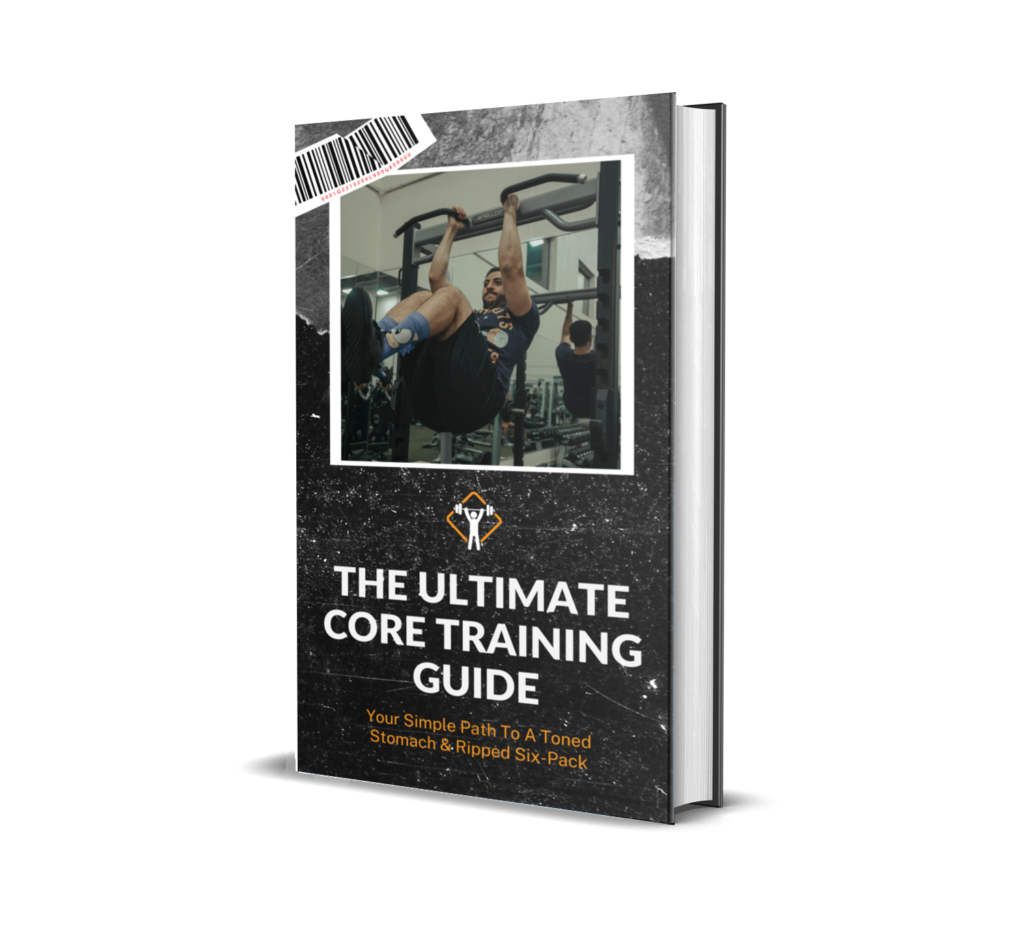
Seriously, it’s free. Just click this link to get your copy!
